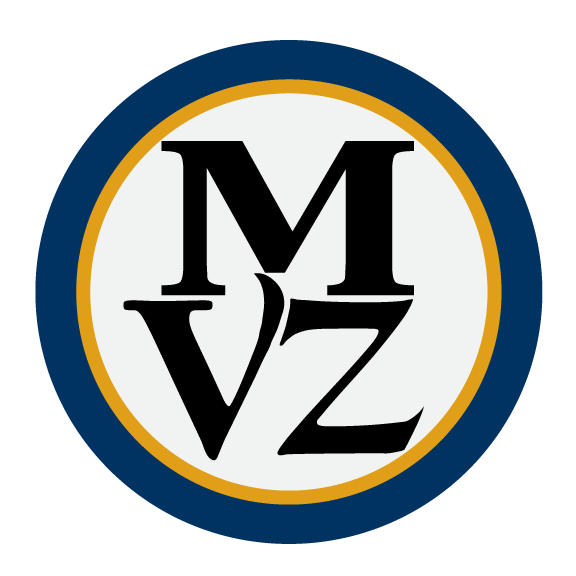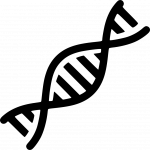Tissue Manual | Using the Tissue Collection
Using the Tissue Collection
All uses of frozen, ethanol, or other preserved tissues are tracked as transactions in Arctos.
Use by non-MVZ researchers must follow procedures outlined in the Tissue Loans page, and samples will be taken by a curatorial assistant under direct supervision of an MVZ Staff Curator.
Use by MVZ researchers must be approved in advance by an MVZ Curator responsible for that collection. This applies both to cataloged tissues and to tissues waiting to be cataloged. MVZ researchers must obtain a Curator’s signature and complete the MVZ In-House Tissue Use Form (.docx) prior to subsampling from the collection. Samples should be removed from the storage unit only temporarily for subsampling, and must be returned immediately after subsampling to the spot where they were found.
MVZ researchers and curatorial assistants should notify a Staff Curator if a sample is found to be depleted, missing, or misplaced, or has only a small amount of tissue remaining. Subsamples from vials with small amounts of tissue should not be taken without prior approval from a Curator.
After sampling, give the completed MVZ In-House Tissue Use Form to the appropriate Staff Curator.
Disposal of Biological Waste
All biological waste (tissue, blood, feces, etc.) must be disposed of in one of the biohazard bins located in the Liquid Nitrogen Facility, Evolutionary Genetics Lab, or Prep Lab. This includes solid or liquid bits as well as supplies that have been used for handling the material (gloves, kimwipes, paper towels, parafilm, etc.). Sharps are disposed of in the red sharps container.
When the biohazard bins get full, they should be taken to the Prep Lab and dumped into a larger biohazard bin for disposal by EH&S. New biohazard bags are available in the Liquid Nitrogen Facility, Prep Lab, or Weill Hall storeroom., fec
Biosafety Level 2
This section applies primarily to bird tissues of foreign origin, which are regulated by the U.S. Department of Agriculture (USDA). However, it also applies to non-foreign samples of species that pose a potential biohazard (e.g., high risk for zoonoses).
Several MVZ room facilities are designated as Biosafety Level 2 and undergo regular inspections by the USDA. This status allows us to import and transport tissues under one of the museum’s USDA permits. Researchers working in one or more of those rooms must read the Biosafety Level 2 SOP. They also must work in one of the lab bench areas designated as biohazard (marked by red tape and biohazard labels). Marked work areas are located in the Liquid Nitrogen Facility, Prep Lab, and Evolutionary Genetics Lab.

